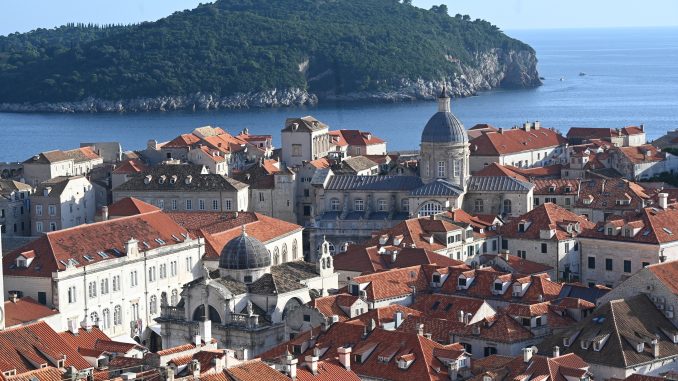Society of Friends of Dubrovnik Antiquities was founded in 12 August in 1952, to sensitise broader public on the importance of preservation of Dubrovnik’s cultural and historical heritage, raising awareness and interest for them, appealing to the pride and appreciation of the public. At the time, the condition of the capital monuments, such as the City Walls and the Walls of Ston, was bad. They were overgrown with capers, ivy, and figs, and covered with inappropriate greenery and trees. Conceived by the love and volunteer work of several Dubrovnik enthusiasts, thanks to the clear vision of a noble idea, the Society grew, matured, and developed its cultural and social role.
https://citywallsdubrovnik.hr/
What very few of the guidebooks mention is that these walls are not for the faint-hearted.
There’s a fuck load of steps to get to the top and when you get there it’s still a lot of scrambling about on high walls with the minimum of protection to stop you going over the edge. But hey, they are historic walls that were built before the Health and Safety Act, or the Disability Discrimination Act.
The Dubrovnik walls were shaped in the 13th century. The walls were systematically updated and built up to 1660 when the last Bastion of St Stephan was finished in the southern segment of the walls. The 1940m long walls consist of the main city wall, sixteen towers, three fortresses, six bastions, two corner fortifications (’kantonate’), three bulwarks with rows of turrets, three moats, two flank fortresses, one breakwater, and two drawbridges. At some points up to 25 m high, the main wall is 4 – 6 m thick on the land side and 1,5 to 3 m on the seaside.
Once on top, you are greeted by the sight of rooftops, church towers and satellite dishes. Although it’s an ancient city, it is still an inhabitated city where people live, work and sell fridge magnets.
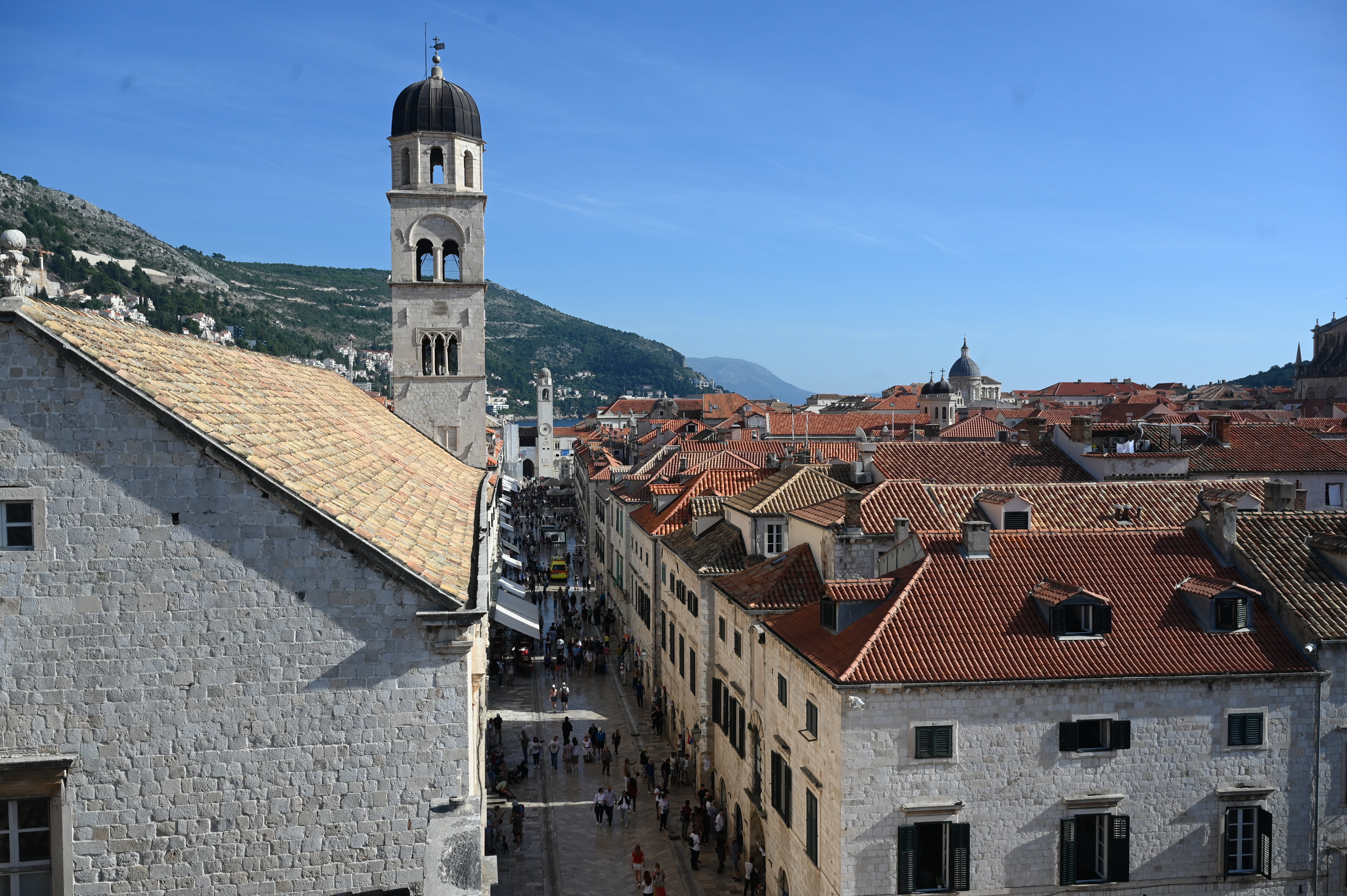
Backdrop to all of this is the ever-present Adriatic sea as supporting actor. We gingerly navigate the cobbles and steps around the wall trying to grab a unique photograph at a location that is one of the most photographed locations in the world. It’s up there with The Great Wall of China and the town walls around Tenby. As we work our way around, the perspective slowly changes. From the town with the sea in the background, to the town with the mountains in the background and the sea to our backs.
Guide books suggest factoring in two hours to walk around the full circuit. It’s quite busy, but fortunately not as busy as it gets in the summer. I would feel uncomfortable up here with lots of crowds jostling for space. Megan makes it very clear very early on in the journey that she would be uncomfortable under any circumstances. She’s not happy. The height of the walls make it a challenge for anyone with even a hint of acraphobia.

Megan has to look away when a Chinese lady sits her young son on the wall to take a photograph. Chinese people have been a big feature of this holiday. The biggest origin of tourists to Dubrovnik is visitors from the UK. China comes second.
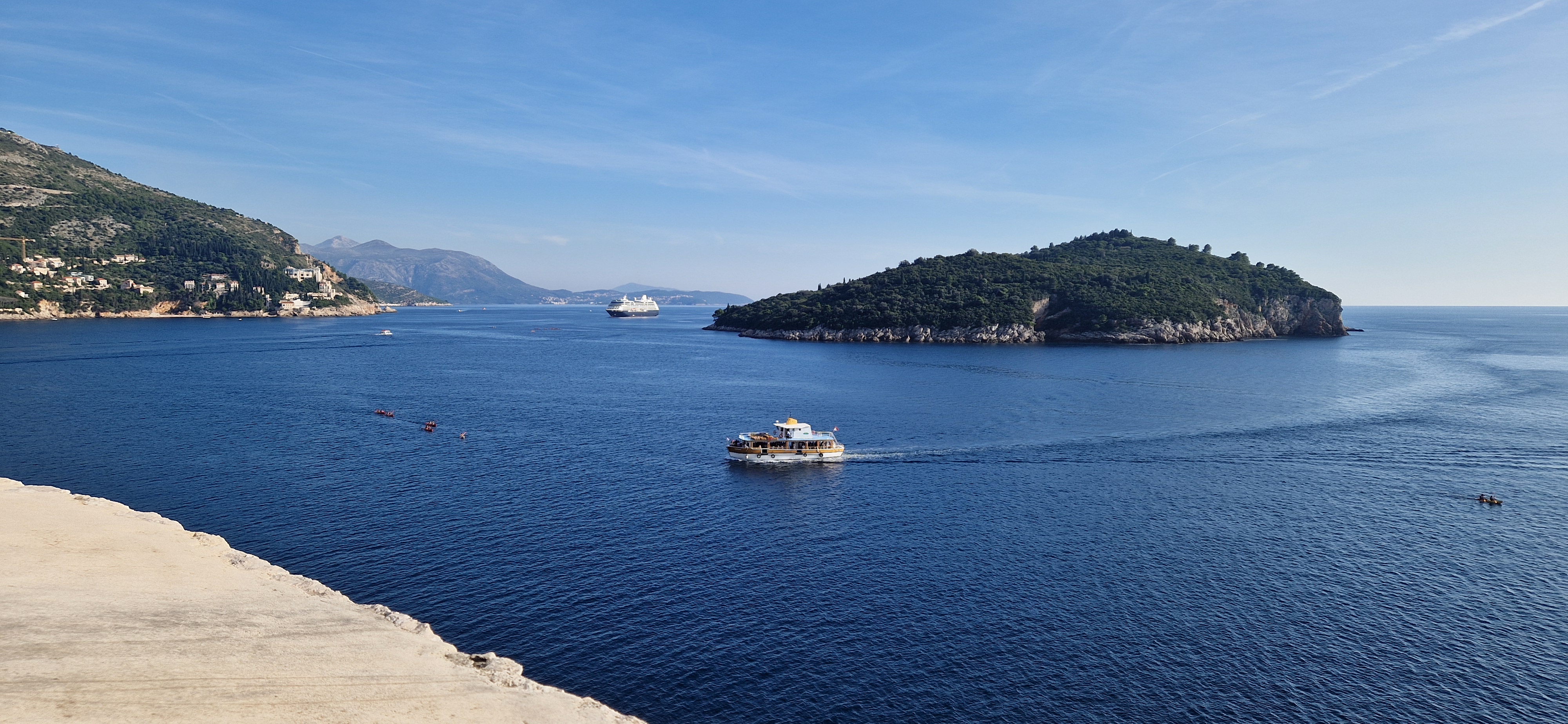
Two hours is a long time to have tourists taken out of the economy, so along the wall we are occasionally greeted by stalls selling water colours, postcards and fridge magnets. But more importantly, there are several cafes along the wall. They offer an opportunity to rest, avert the eyes from the drop and to have a beer. Yes, that’s right, our circuit of the wall becomes a pub crawl. Almost literally, it’s not really the sort of place you want to be wandering around pissed.
It’s clear from the walk that, with the exception of the one main street that links Pile Gate with the old harbour, it’s a town that has squeezed in as many buildings as possible into the space available. There are many alleyways barely 2m wide, but that doesn’t stop people hanging out their washing, planting flowers on their balconies or putting out tables for alfresco dining.
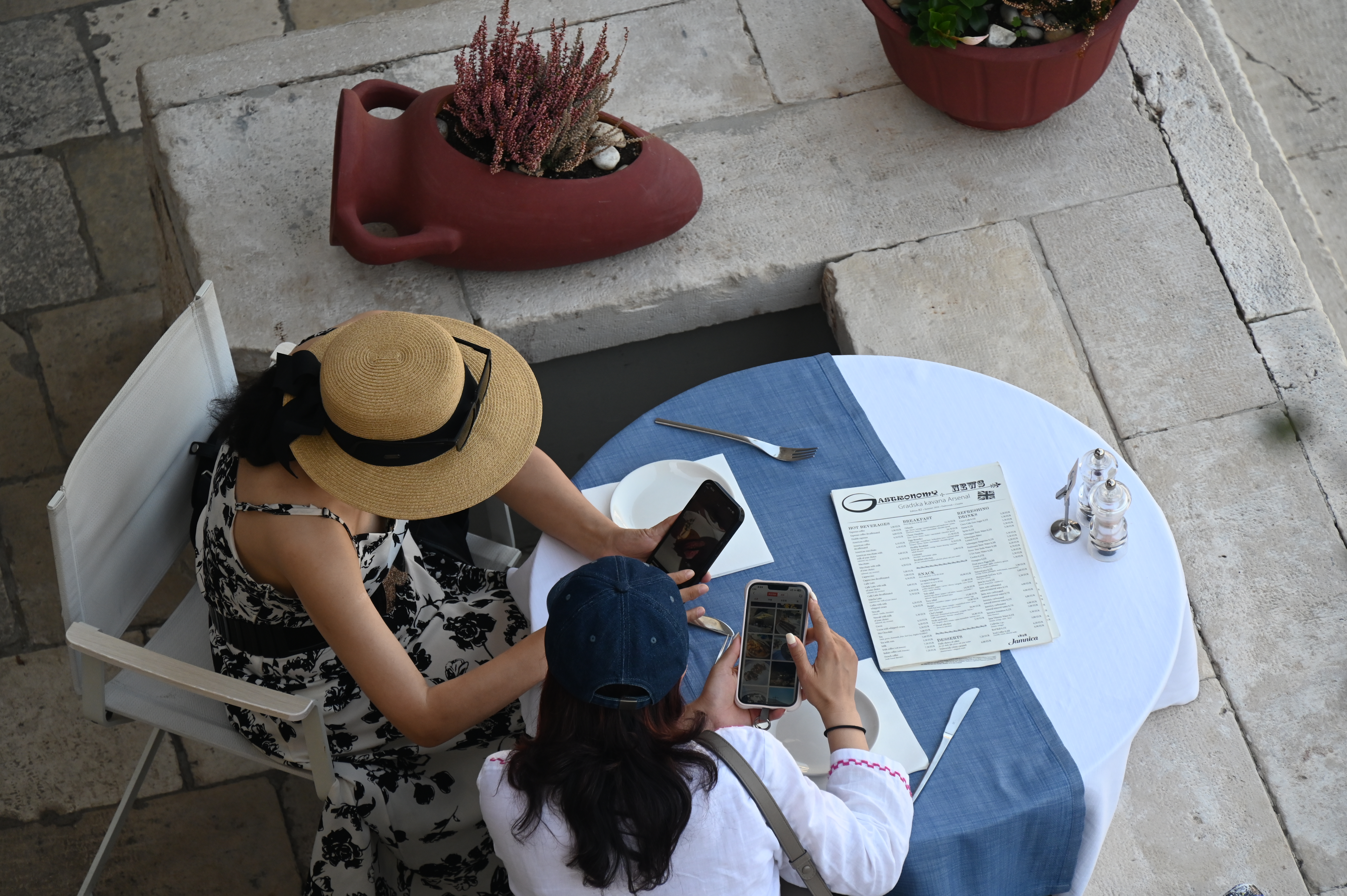
There are roof gardens, restaurants and even basket ball courts hidden from the sight of those without an arial view.
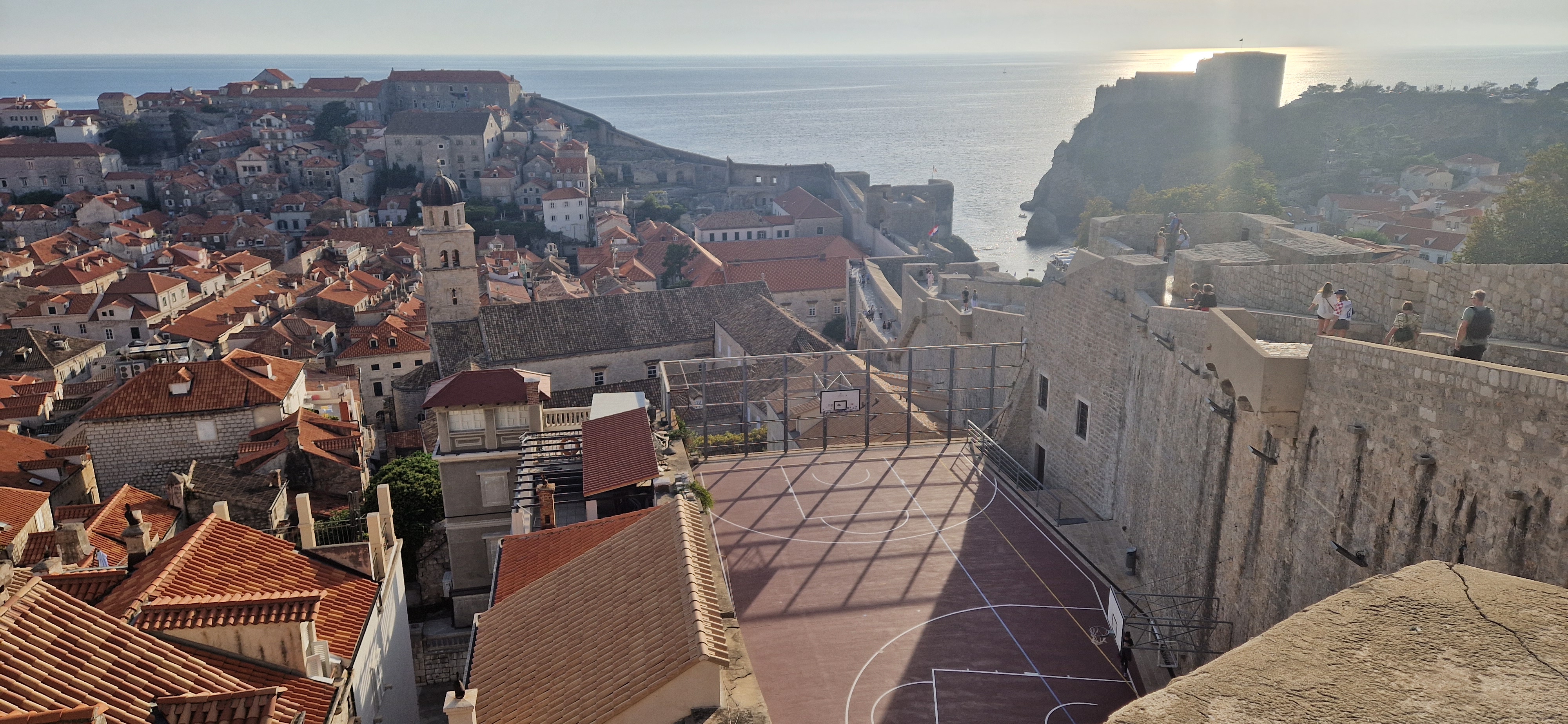
Eventually, finally, we reach the point where we first joined the wall and descend the steps. We have no energy to do any of the other things we had planned to do at the start of the week, but we are not quite ready to return to the hotel. We find a restaurant for one last meal, stop off in several pubs for several last drinks and have a little wander to take some final photos of the town as the sun goes down and the battery-powered candles come out.

Dubrovnik has been high on my wish list for a very long time, long before Game of Thrones aired. I’m glad I have come: it is a beautiful, magical place, but sadly a victim of it’s own success. Or possibly a victim of Game of Thrones’ success. Apparently the majority of tourists come here purely because it is the location where scenes in the series are shot as the imaginary city of King’s Landing.
We are here at the very end of the tourist season. It’s still incredibly busy. I could not cope with this place at the height of the season. I get why the locals want to milk the tourist dollar, it’s understandable, but I can’t help thinking that by doing that, they drown out what makes this city so wonderful. It hasn’t stopped people coming though. It hasn’t stopped me coming. But it has probably stopped me from coming back.
It is possible to get away from the crowds though. If you plan your trip properly, time it right and avoid the most popular spots, it can be very special. And our day sailing around the Elaphite Islands will be remembered as one of the best days of my life.
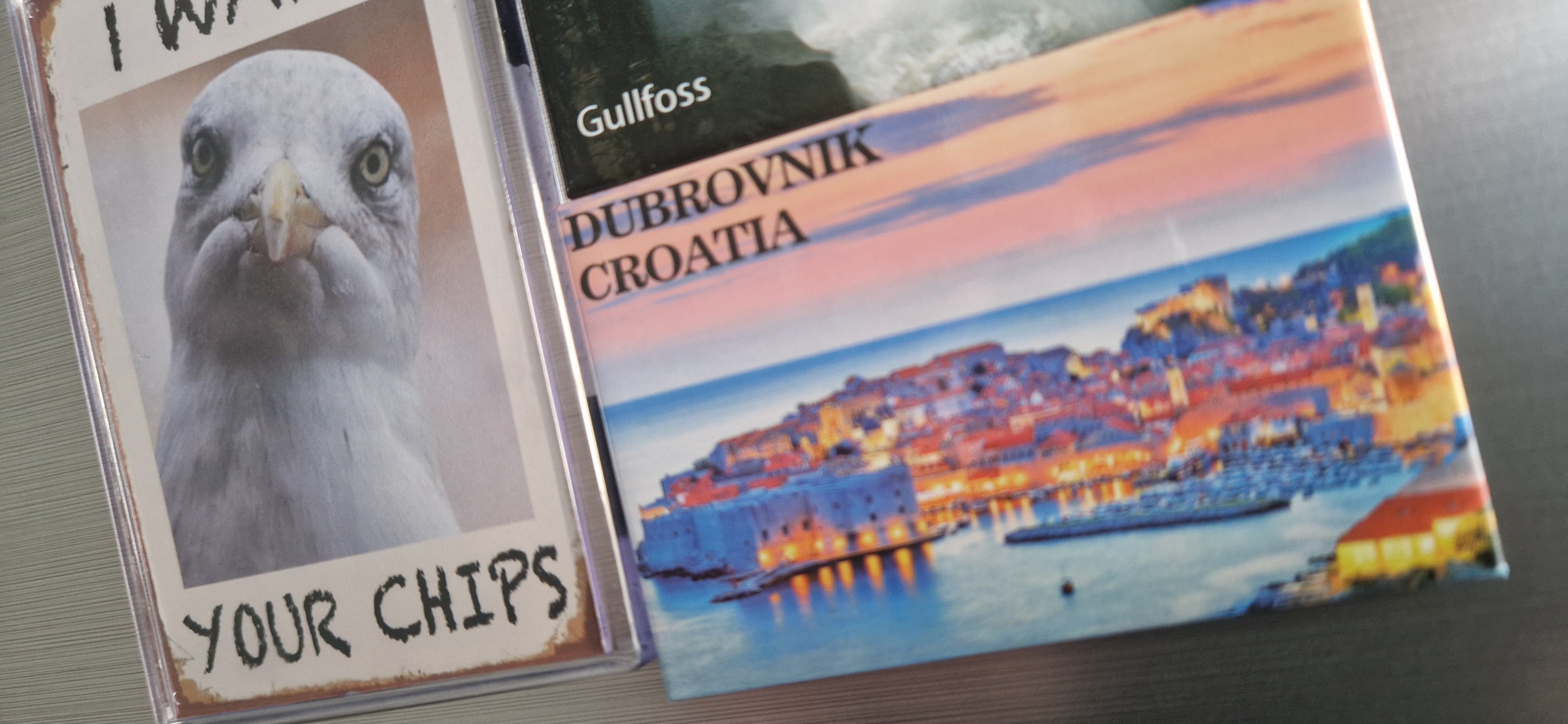
POST SCRIPT
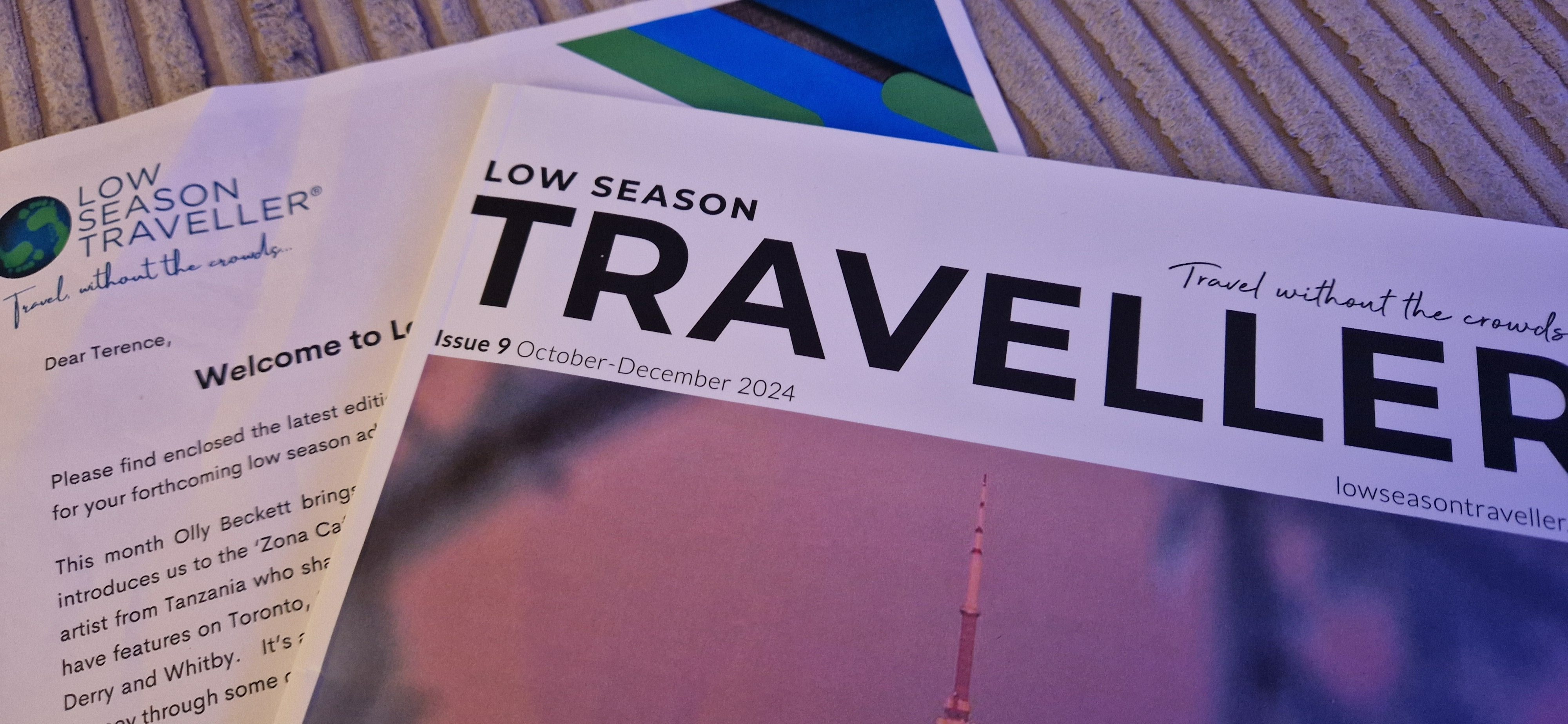
On our return to God’s Country, the latest copy of Low Season Traveller was sat on my doormat. It’s a magazine that gives suggestions for holidays that avoid the crush of peak holiday season. It appeals to me as im growing to hate crowds, but is also a way of protecting destinations and making travel more sustainable.
https://lowseasontraveller.com/
